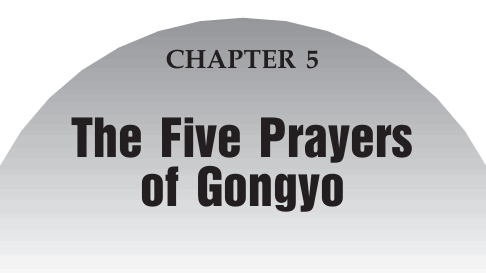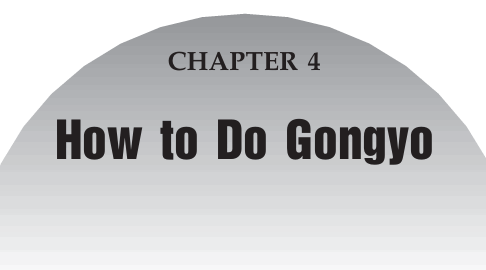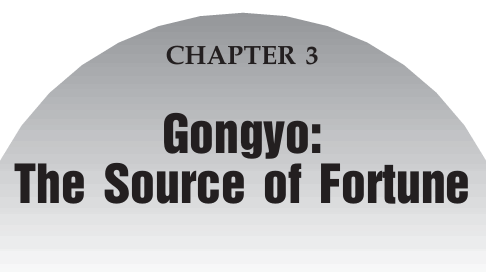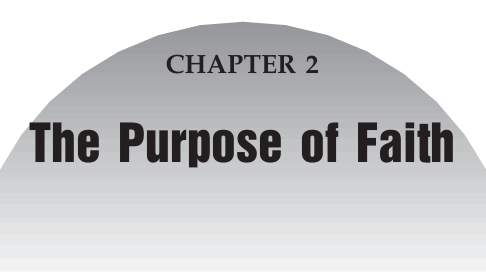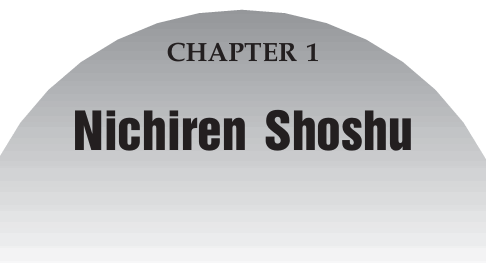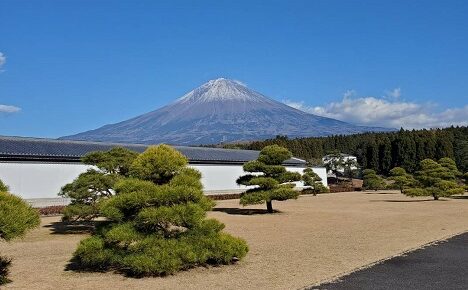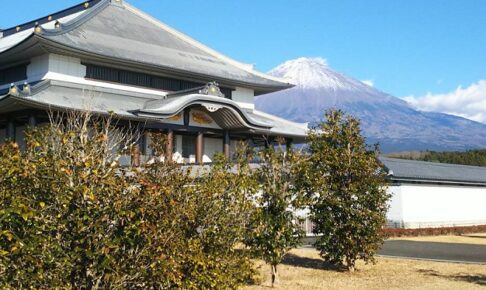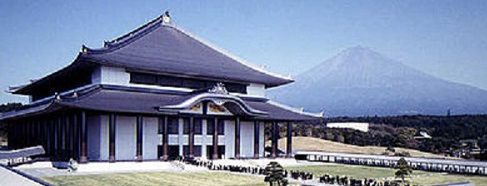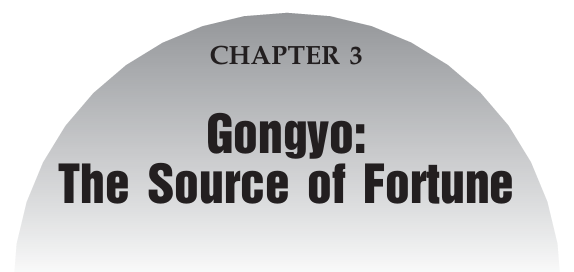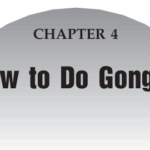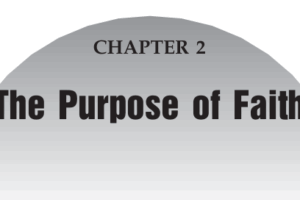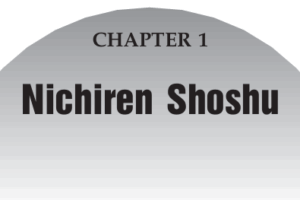The first thing a new believer learns from his or her sponsor is how to do Gongyo. This is because Gongyo and Shodai (chanting Daimoku) to the Gohonzon are the most basic, important practices in faith. In Nichiren Shoshu, faith and the practice of Gongyo are inseparable.
Even though the new believer is always told that Gongyo is a powerful, important practice, many people find that they soon lose the self-motivation to do Gongyo. This may happen for a variety of reasons. Some people find it troublesome to do Gongyo every day, and others feel embarrassed when people see them doing Gongyo.
On the other hand, people who have been doing Gongyo for many years may slip into doing it automatically, out of force of habit. They may forget to take Gongyo seriously, and have a halfhearted attitude when sitting in front of the Gohonzon.
However, when Gongyo is done earnestly every day, it is a powerful engine for building a happy life. When we do this practice thoroughly and earnestly, we receive actual proof of the fortune of embracing the Gohonzon. Our hearts are filled with boundless joy, and we realize that having faith in the Gohonzon is a wonderful, unsurpassed treasure. Therefore, we should continuously renew our determination to practice Gongyo thoroughly and sincerely every day.
Contents
RECOGNITION THAT THE GOHONZON IS THE LIFE OF THE DAISHONIN
Gongyo is a magnificent, solemn ceremony and is the source of profound merit. In a famous passage from the Gosho, the Daishonin declares:
I, Nichiren, inscribed the Gohonzon by infusing my life into it with sumi ink.
(Gosho, p. 685; for reference, see also MW, Vol. 1, p. 120)
As these words of the Daishonin show, the Gohonzon is the actual entity of the life of the True Buddha, Nichiren Daishonin. Faith in the Gohonzon means to believe that the Gohonzon is the life of the Daishonin. Therefore, we should prepare ourselves for each and every Gongyo with the understanding that it is a direct audience with the True Buddha. This fundamental attitude towards the ceremony of Gongyo should be reflected in one’s appearance, posture, voice, and concentration.
ATTIRE
When we appear before people we deeply respect or when we attend an important event, we take these occasions seriously and dress appropriately. In the same manner, when we perform Gongyo, we should dress neatly for this ceremony with the True Buddha. Doing Gongyo in disheveled clothes or in sleeping attire shows disrespect to the Gohonzon.
POSTURE
The Gosho teaches that when performing formalities in front of the Gohonzon, our minds should be composed and we should perform every action with the correct solemnity. This means that when doing Gongyo, it is of prime importance to sit up straight. The palms of the hands should be placed together, with the fingers extended and straight. The hands should be placed naturally in front of the chest (not in front of the face), so that the hands angle slightly outward.
CONCENTRATION ON THE GOHONZON
When facing the Gohonzon, our eyes should be fully open. We should steadily gaze at the character Myo, the third Chinese character from the top in the main inscription down the center of the Gohonzon. If you have difficulty recognizing it, look at the very first Chinese character on page one of The Liturgy of Nichiren Shoshu. This is the very same character Myo. A passage in the Juki chapter of the Lotus Sutra reads:
Single-mindedly, with hands together in reverence, they respectfully gazed up at the World-Honored One, without lowering their eyes even for a moment.
(Kaiketsu, p. 232)
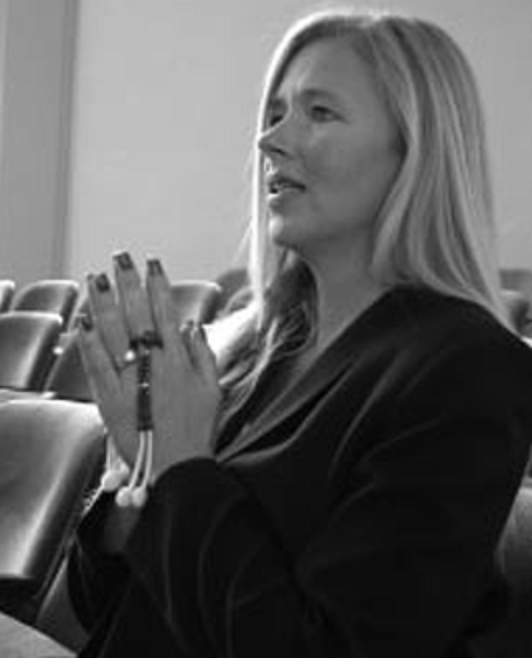
Therefore, it is inappropriate to close your eyes or look around restlessly when doing Gongyo. As the Sixty-seventh High Priest Nikken Shonin stated in his guidance:
The most vital thing is to chant Daimoku with the correct posture, reverently looking at the Gohonzon with your eyes wide open. If your eyes wander here and there, or your body is crooked, or you hold your hands in a slipshod manner, that is proof that you are already losing the spirit of Buddhist practice. (Dai-Nichiren, No. 459)
PRONUNCIATION
When reciting the Sutra, we should try to pronounce the words clearly, with a powerful (not necessarily loud) voice, using the Sutra Book as much as needed in order to recite the words accurately. Daimoku should also be offered in a clear, resonant voice at a comfortable pitch. We should not chant Daimoku so rapidly that the syllables are pronounced indistinctly.
Nichiko Shonin, the Fifty-ninth High Priest, gave the following instructions about how we should chant Daimoku:
The Daimoku that we chant must be performed attentively and diligently. When chanting, we should not have trivial thoughts in our minds. The speed should not be too fast and our pronunciation should not be slurred. We must maintain a medium pitch and chant calmly, resolutely and steadily. There is no established number of Daimoku that we must chant. The amount depends on individual circumstances . . . . When we chant, the entire body should feel a tremendous surge of joy. We must persevere until we become totally one with the Gohonzon. (Nichiren Shoshu Koyo, p. 134)
A STRONG, STEADY PRACTICE DAY BY DAY
People who persevere in a solid practice of Gongyo find that their lives become fuller and that their work or studies proceed successfully and smoothly. This process is similar to practicing music or a martial art, through which the art gradually becomes part of the self through the accumulation of many years of practice.
Thus, the Daishonin teaches the importance of a continuous, steady practice: To accept is easy; to continue is difficult. But Buddhahood lies in continuing faith.
(MW, Vol. 1, p. 127; Gosho, p. 775)
It is important to fight the lazy nature which can interfere with our consistent practice of Gongyo. This will enable us to acquire the life condition of sokushin jobutsu (attaining Buddhahood in one’s present form).
In order to continue the practice of Gongyo throughout our lives, we make Gongyo part of our regular daily schedules. However, this does not mean to do Gongyo merely from force of habit. We should never forget to make earnestness the basis of our practice, as expressed in a passage from the Juryo (Sixteenth) chapter of the Lotus Sutra, which we recite during every prayer of Gongyo: Isshin yokken butsu. Fuji shaku shinmyo. (Single-mindedly yearning to see the Buddha, they do not hesitate to give even their lives.)
(Kaiketsu, p. 439)
Finally, the guidance of Sixty-seventh High Priest Nikken Shonin states:
I would like you to recognize the great importance of Gongyo. Morning and Evening Gongyo are the foundationGongyo: The Source of Fortune 15 for your faith and study for the day. And in the midst of chanting Daimoku with your eyes firmly fixed on the Gohonzon, without quite realizing how it happens, the actual reality of the Gohonzon and yourself truly become one. That is reaching what is called kyochi myogo (fusion of reality and wisdom). (Dai-Nichiren, No. 427)


